We recently connected with Pepe López Reus and have shared our conversation below.
Pepe, looking forward to hearing all of your stories today. Can you talk to us about a project that’s meant a lot to you?
Sangueo: A Project Rooted in Afro-Venezuelan Traditions
Sangueo is a long-term, collaborative project that I’ve been working on since 2010, alongside drum makers, musicians, and community members in Todasana, a small town on Venezuela’s Caribbean coast. The project is a deep cultural exploration that documents the everyday life and sacred celebrations of the Afro-Venezuelan community, particularly focusing on their rich ritual and artistic expressions.
What began as a simple artistic experience—painting ceremonial drums with vibrant geometric designs—has grown into a dynamic, multi-disciplinary archive. This evolving archive blends vernacular photography, oral history, digital video, sound art, and music, all created in collaboration with master drum luthiers, musicians, elders, and young artists. Through these collaborations, we’ve created a hybrid ecosystem that merges traditional practices with contemporary digital media.
Sangueo isn’t about preserving the past in isolation; it’s about engaging in a reciprocal, participatory process. The community plays an active role in the documentation, making and sharing images, painting drums, and contributing their stories. In this way, the art becomes part of the ongoing cultural practices rather than something external. This approach allows the project to function as more than just a record—it becomes a tool for engaging with the community’s collective memory, identity, and resistance.
The name “Sangueo” comes from a traditional processional dance performed during the Saint John festival in Todasana, where music and dance blend African, indigenous, and European influences. This spirit of syncretism is central to the project, where ritual, art, and music intersect and blur the lines between the sacred and the everyday.
What makes this project especially meaningful to me is the way it allows me to explore and engage with a cultural heritage that is not my own but is an essential part of Venezuela’s national identity. Through my collaboration with the Afro-Venezuelan community, I’ve been able to witness and document how art, culture, and history come together in their lives. This project has allowed me to understand the importance of cultural preservation and the role that art plays in maintaining and affirming identity in the face of globalization and modernity.
By capturing these rituals, sounds, and stories, Sangueo serves as both a celebration and a platform for amplifying underrepresented voices and cultures. It’s a reminder of the power of art to preserve collective memory, bridge cultural divides, and connect communities across generations.
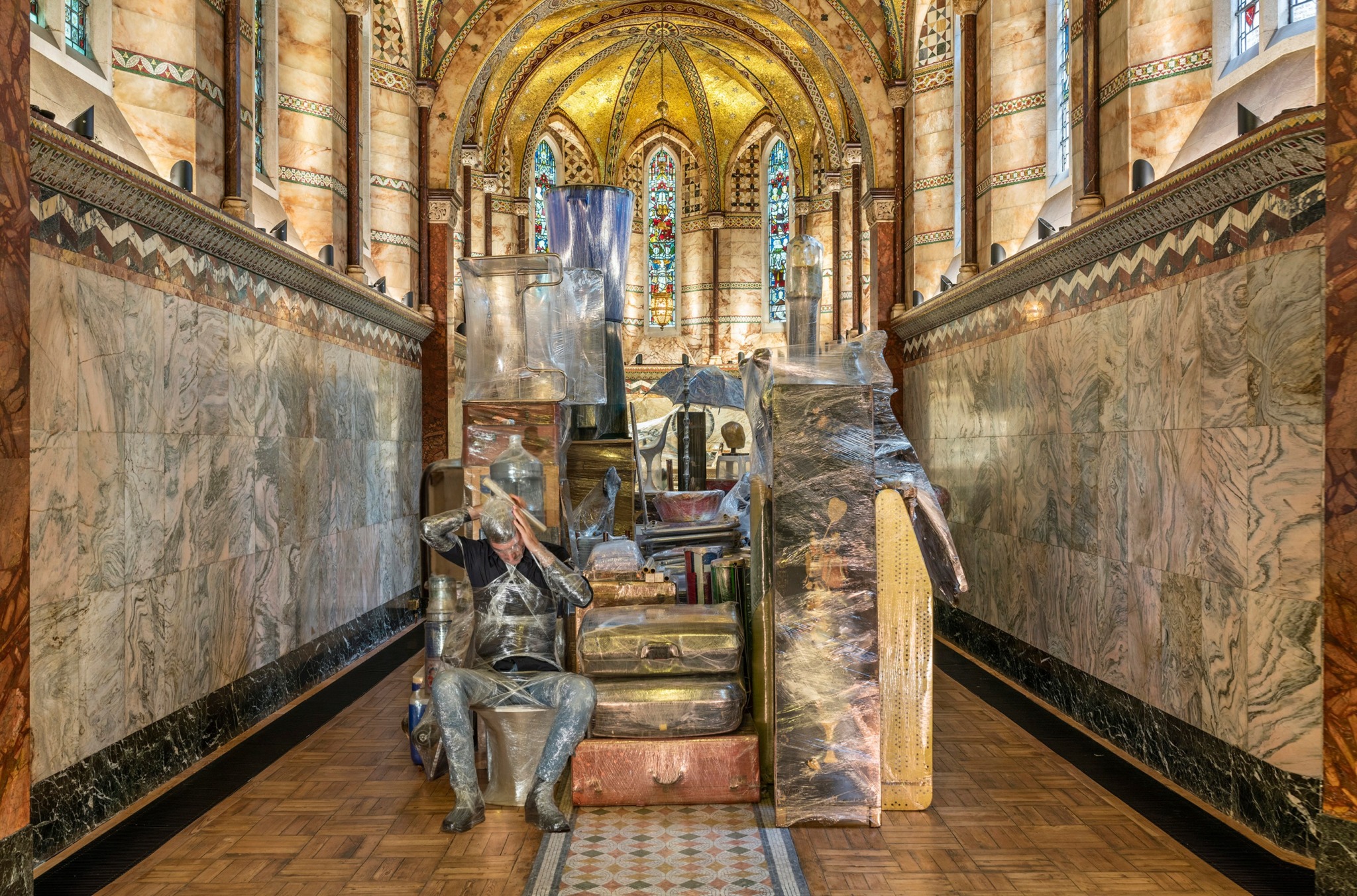
Awesome – so before we get into the rest of our questions, can you briefly introduce yourself to our readers.
I am Pepe López Reus, an artist originally from Venezuela, currently living and working in the United States, France and Venezuela. My practice spans a wide range of mediums, reflecting a deep engagement with contemporary life and its complexities. Over the years, my work has evolved through diverse transmutations, exploring the intersections of culture, identity, and societal structures.
My art delves into the map of the social spectrum, constantly questioning and translating aesthetic codes. Whether through textiles, collages, sculptures, paintings, video, or performances, I aim to bridge the divide between the individual and the community, the arts and politics, the painful and the beautiful. I’m deeply rooted in abstraction, but my work continuously confronts essential aspects of contemporary life, such as aesthetics, identity, simulation, consumerism, and communication.
I’ve had the privilege of exhibiting my works at notable institutions like the New York Museum of Arts and Design, the Mercosur Art Biennial in Brazil, and the Havana Biennial. I’ve also curated several key multidisciplinary art projects, including at the Puffin Foundation in New York and the Museo de Bellas Artes in Caracas. Over the years, I’ve collaborated closely with creative communities, such as in Todasana, where I’ve developed an ongoing artistic exchange with drum makers and musicians since 2010.
My work often investigates the forces shaping global interactions, and a key series, Guapisimas, engages with consumerism through cultural codes. In this series, I weave fashion industry logos and manga characters into indigenous baskets from Puerto Ayacucho, creating a cultural dialogue between the global and the local. This “cartography of consumerism” aims to recontextualize simple objects as powerful allegories of beauty and identity.
In other projects like Rhipsalis, where I repurpose broken umbrellas from Paris into metal sculptures, or Puño e Cruces, a bamboo kite installation inspired by Caracas’ sky, I aim to reinterpret discarded materials, exploring the intersection of the ephemeral and the enduring. This approach represents the transformation of overlooked, “forgotten” objects into symbols of power, resilience, and freedom.
What sets my work apart is my dedication to developing new methods of communication, often inventing my own systems of engagement. I’m fascinated by rethinking the boundaries of art-making. For instance, in a process that blends performance, urban intervention, and sculpture, I walk through cities with a supermarket cart, documenting my movements and collecting trash. Later, I use the collected materials to create urban sculptures or costume designs that reclaim discarded objects and transform them into something meaningful.
Artistic Philosophy and What Drives Me
I see the role of the artist not as someone who simply replicates or follows trends but as someone who pushes the boundaries of understanding, questioning the world through a creative lens. This belief is reflected in my approach to art, where I do not simply create to be seen or recognized, but to challenge existing ideas, to question systems, and to search for deeper truths.
The themes I explore—migration, identity, consumerism, and transformation—are informed by both my personal experiences as a Venezuelan artist and my interaction with global cultures. For instance, my ongoing project, Sangueo, draws from my connection to the Afro-Venezuelan traditions of the coast, using a collaborative process to capture the beauty of these rituals and traditions in an effort to preserve and elevate them. Through photographs, videos, and sculpture, Sangueo serves as a bridge between the ancestral and the contemporary, creating a platform for a marginalized culture to be understood and appreciated.
The idea of migration—both physical and cultural—is also central to my work. My art reflects a kind of transhumance (a concept of constant movement, both literal and figurative), where borders are constantly crossed, redefined, and reimagined. This is especially poignant in the context of the Venezuelan diaspora, where the concept of home, belonging, and return is in constant flux.
What Sets Me Apart: The Intersection of Art, Culture, and Identity
What differentiates my work is the constant tension between the local and the global, the traditional and the contemporary. I use art as a tool for social and cultural exploration, questioning not only what art can be, but what it can do. My work is not just about creating beautiful objects—it’s about creating spaces where conversations can happen, where people can engage with issues of identity, community, and transformation.
I am most proud of my ability to create work that feels alive and immediate, that has the power to evoke not just intellectual ideas, but visceral, emotional responses. My practice is about engaging people with the world around them in a way that invites reflection, participation, and perhaps even transformation.
Ultimately, the most important thing I want potential followers, clients, and collaborators to know about my work is that it is deeply rooted in a desire to reframe narratives and challenge the status quo. Whether in a gallery, a public space, or a community workshop, my art seeks to create new ways of seeing and understanding the world. It’s about connection—connecting people to ideas, to each other, and to the complexities of contemporary life.

For you, what’s the most rewarding aspect of being a creative?
For me, the most rewarding aspect of being an artist is the immense freedom it offers. Art is a unique space where I can share my visions and ideas without the constraints of time or specific audiences. It’s a form of communication that exists beyond the boundaries of the present moment, allowing me to connect with people in ways that transcend culture, language, and era. It’s incredibly fulfilling to know that my work can spark something in someone, whether it’s a thought, a feeling, or a new perspective, and that these connections can happen at any time, even years after the piece was created.
Another powerful reward of being an artist is the freedom to explore, fail, and grow without the pressure of perfection. In art, there are no absolutes, no fixed truths. It’s a field where mistakes aren’t just tolerated—they are celebrated as part of the creative process. Each misstep offers a new direction, a new discovery, and often leads to unexpected beauty. This openness to experimentation allows me to take risks and push boundaries, to evolve and reinvent myself as an artist with every project.
At its core, art is about engagement—engagement with myself, with others, and with life. The creative process becomes a way to explore my inner world, express my experiences, and make sense of the world around me. It’s a deeply personal journey, but it’s also a way to connect with others on a human level. The most rewarding moments come not just from creating something beautiful, but from sharing that creation and having it resonate with people. Whether through visual art, performance, or collaboration, the act of creating is an ongoing dialogue that brings people together, fuels change, and celebrates the complexities of the human experience.
Ultimately, the greatest reward is that being an artist allows me to constantly evolve, challenge myself, and engage with the world in a way that feels both meaningful and liberating. There’s no final destination, no ultimate end to the journey—just an ever-changing landscape of possibilities and opportunities to grow.
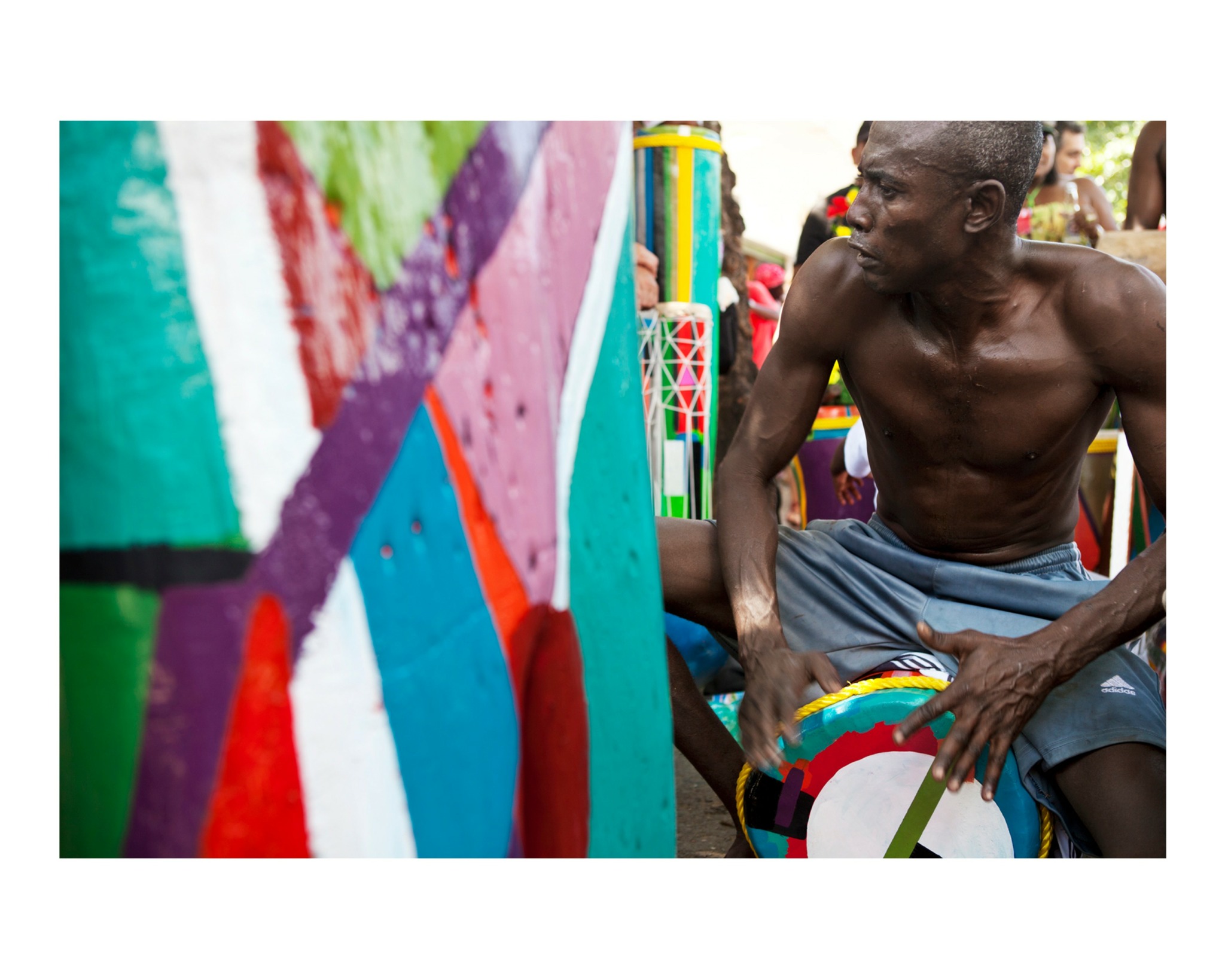
What do you think is the goal or mission that drives your creative journey?
For me, art is all about freedom—freedom to express, explore, and connect. But beyond that personal liberation, my mission as an artist is to share that sense of freedom with others. I want to help people realize that art and life aren’t separate entities; they are intimately connected. The way we engage with the world, with ourselves, and with others has the potential to be as beautiful and meaningful as any work of art. Life itself is an ongoing creation, and the more present we are in it, the more we can transform our everyday experiences into something rich and fulfilling.
I believe art has the power to make people feel more alive and attuned to the world around them. By encouraging people to recognize the artistry in their own lives—the way they work, think, and interact—I hope to inspire them to embrace their own creative potential. It’s a kind of quiet revolution, where people realize that being an artist doesn’t always mean painting or sculpting; it’s about the intention, the process, and the soul they put into everything they do.
This mission of bringing people into the world of art is deeply personal for me. I see it as a way to bridge gaps—gaps between people, but also gaps between who they are and who they could become. Art, at its core, is a tool for self-discovery, for expression, and for dialogue. I want others to understand that they, too, are artists in their own right, if they are simply conscious of the meaning they bring to their actions, their work, and their relationships. When people begin to make that connection, they begin to see their lives with more clarity, more intention, and more beauty.
In this way, my creative journey is a mission to bring people closer not just to the arts, but to themselves. To help them recognize the power of their own unique perspectives and talents, and to encourage them to approach the world with a spark of creativity, curiosity, and even criticism—always striving for growth and improvement. Art, in my view, is a vehicle for connection—connection to others, to the world, and to one’s own true self. And that’s a mission worth pursuing.
Contact Info:
- Website: http://pepelopezreus.com
- Instagram: @pepelopezreus @pepelopezrugs @elsangueo
- Other: https://vimeo.com/user2321207

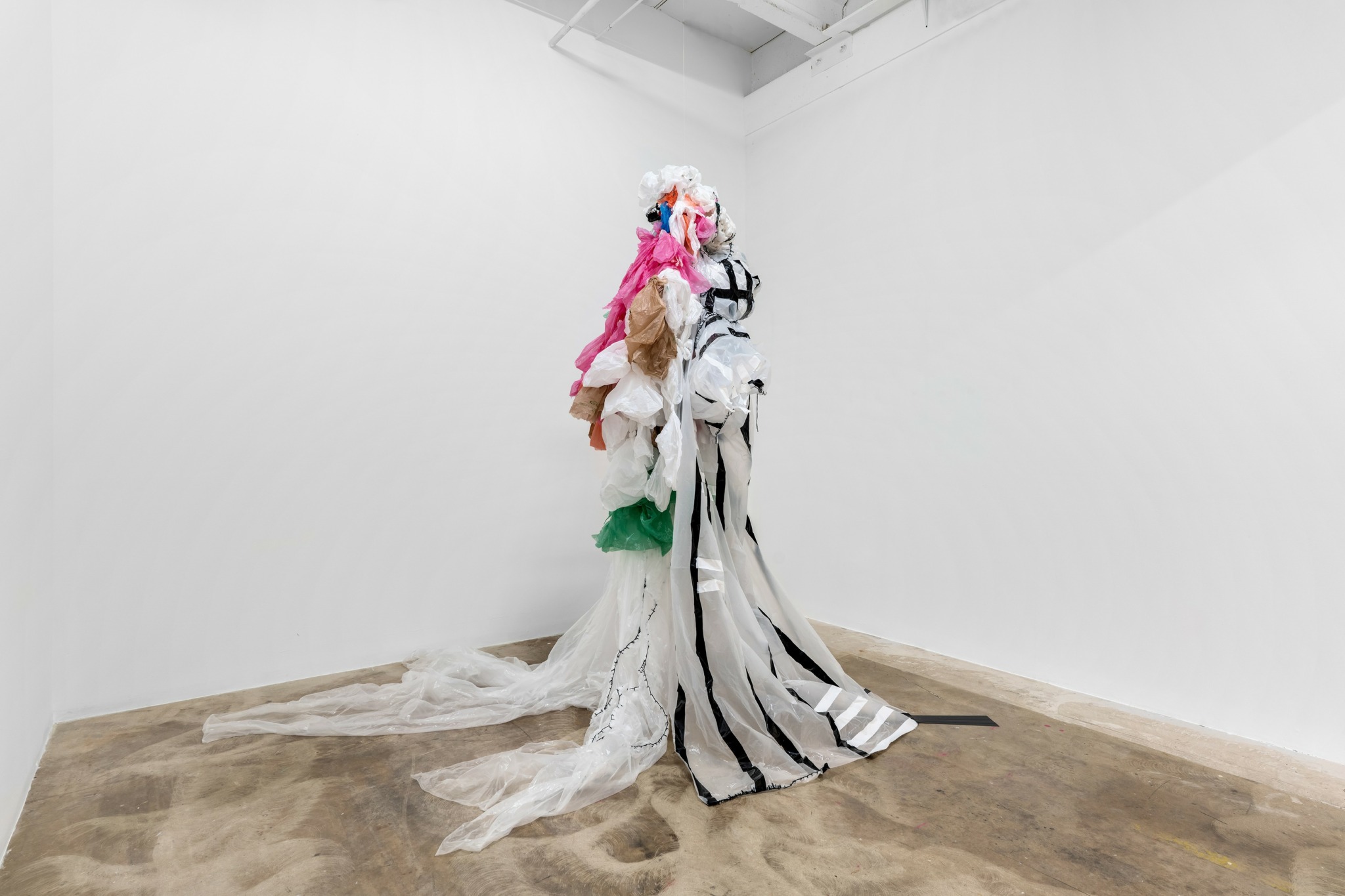
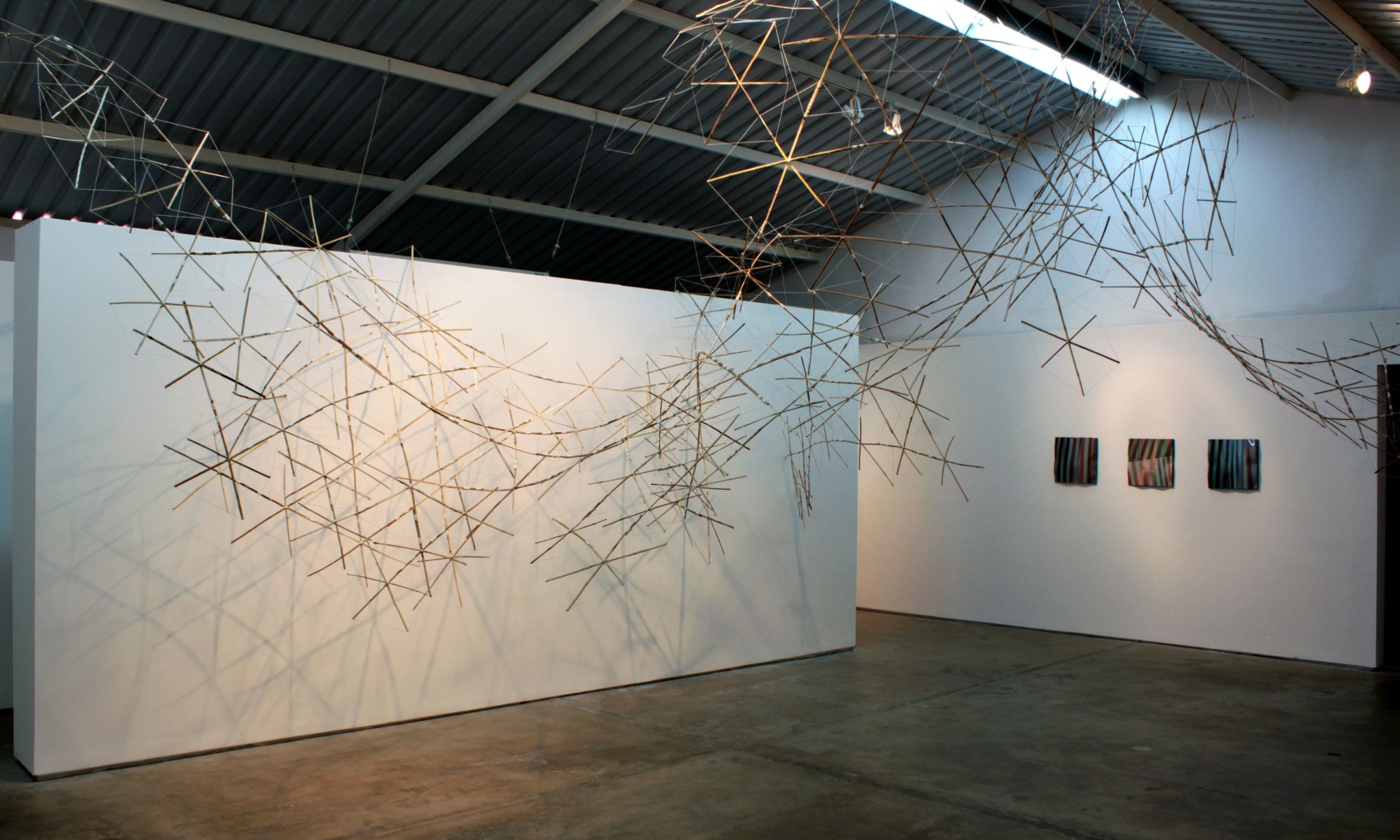
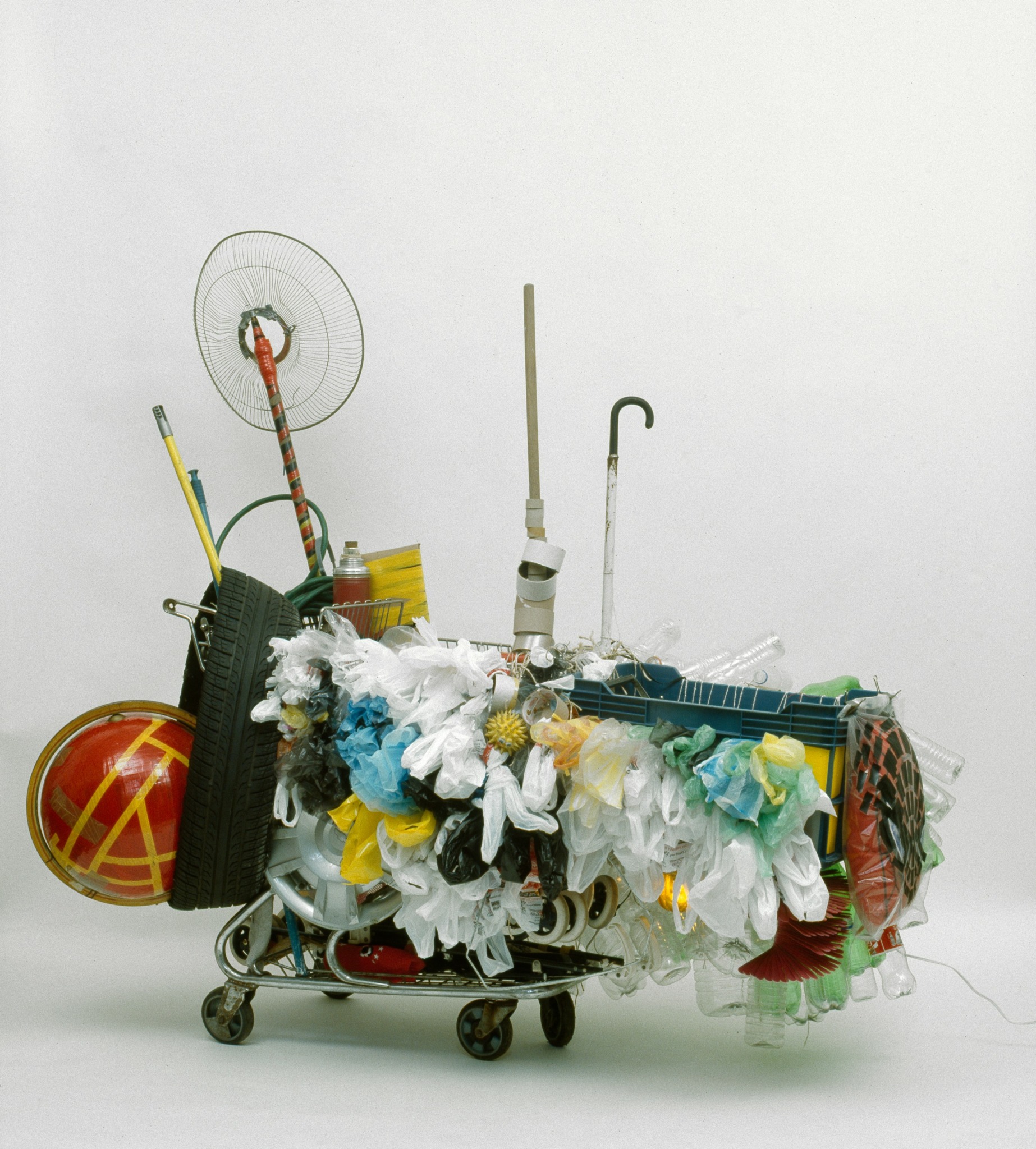
Image Credits
1. Julio Osorio
2. Thierry Bal
3. Paloma Lopez
4. Isabela Eseverri
5. Julio Osorio
6. Zachary Balber
7. Carlos German Rojas
8. Rodrigo Benavides


